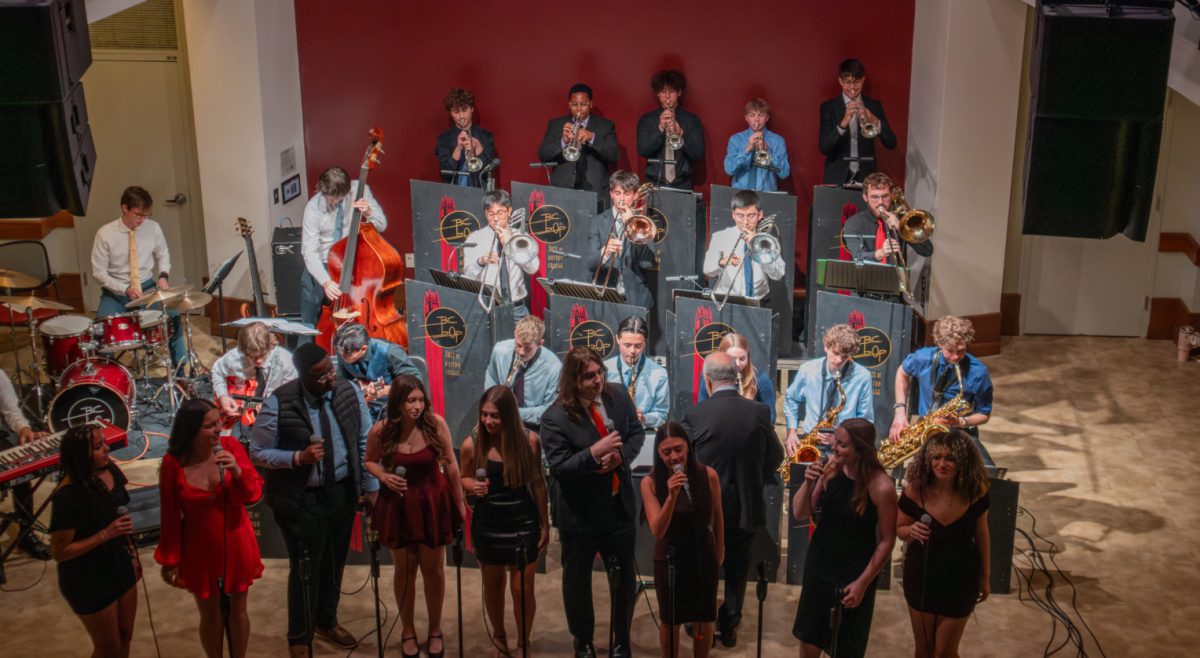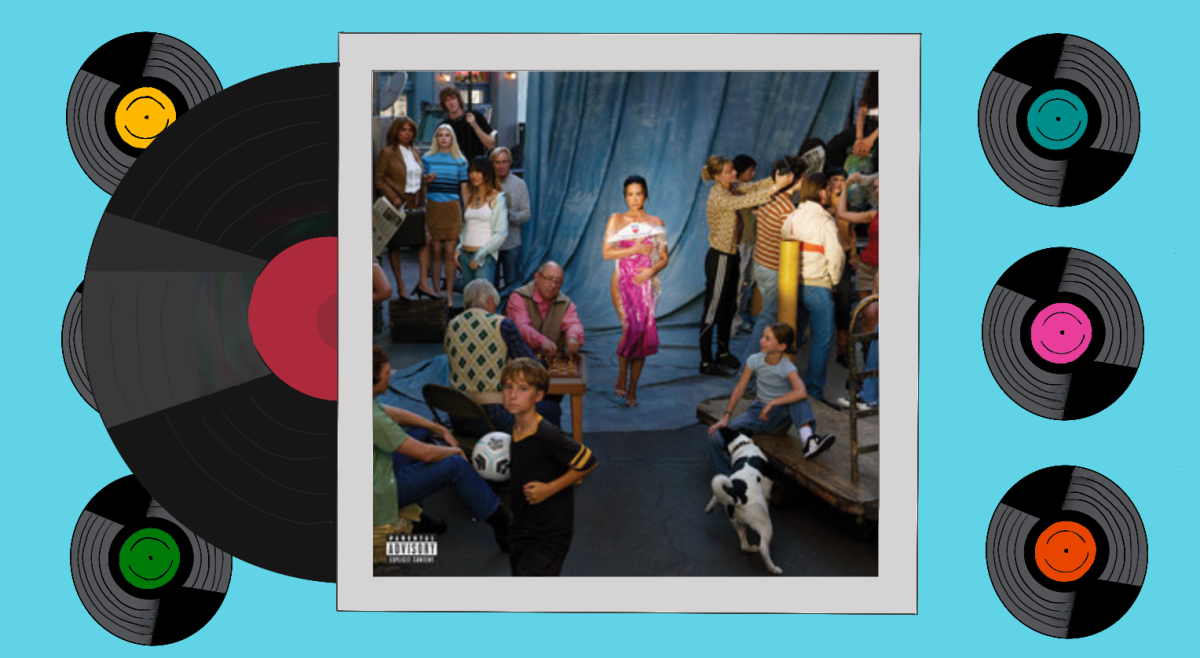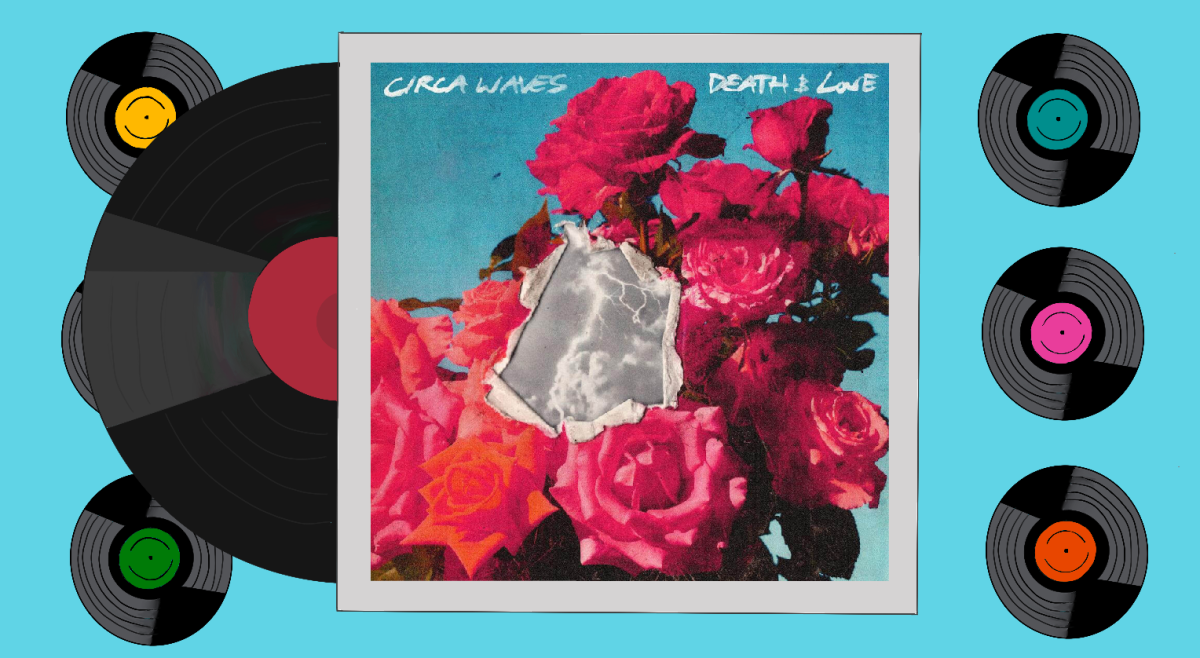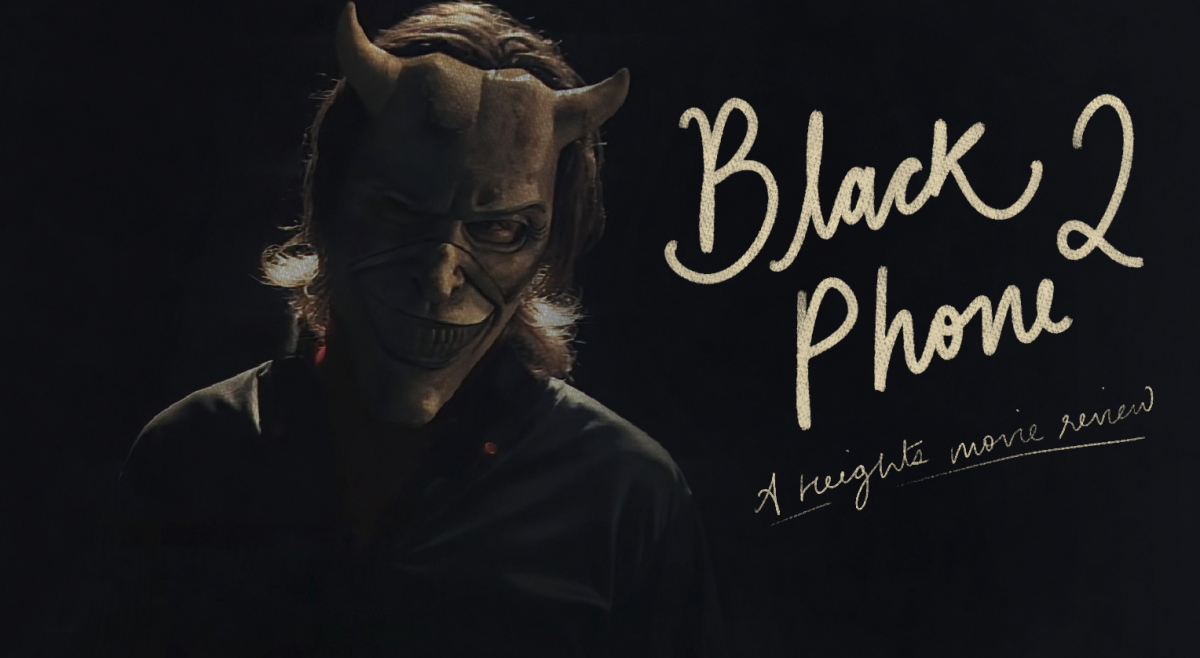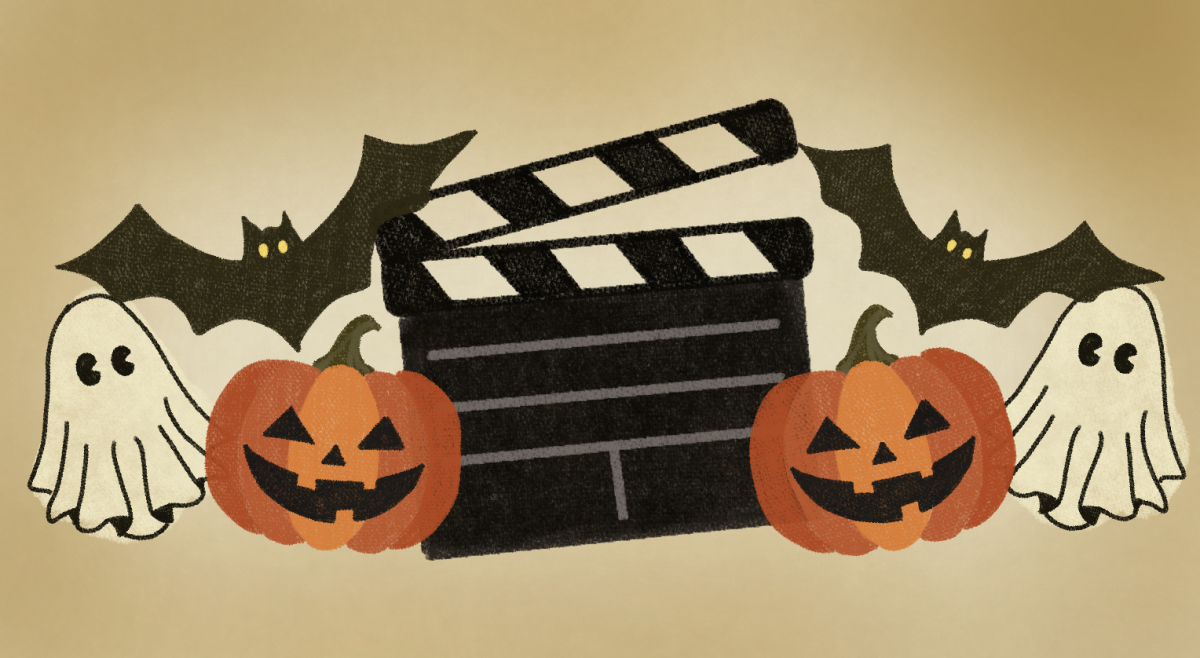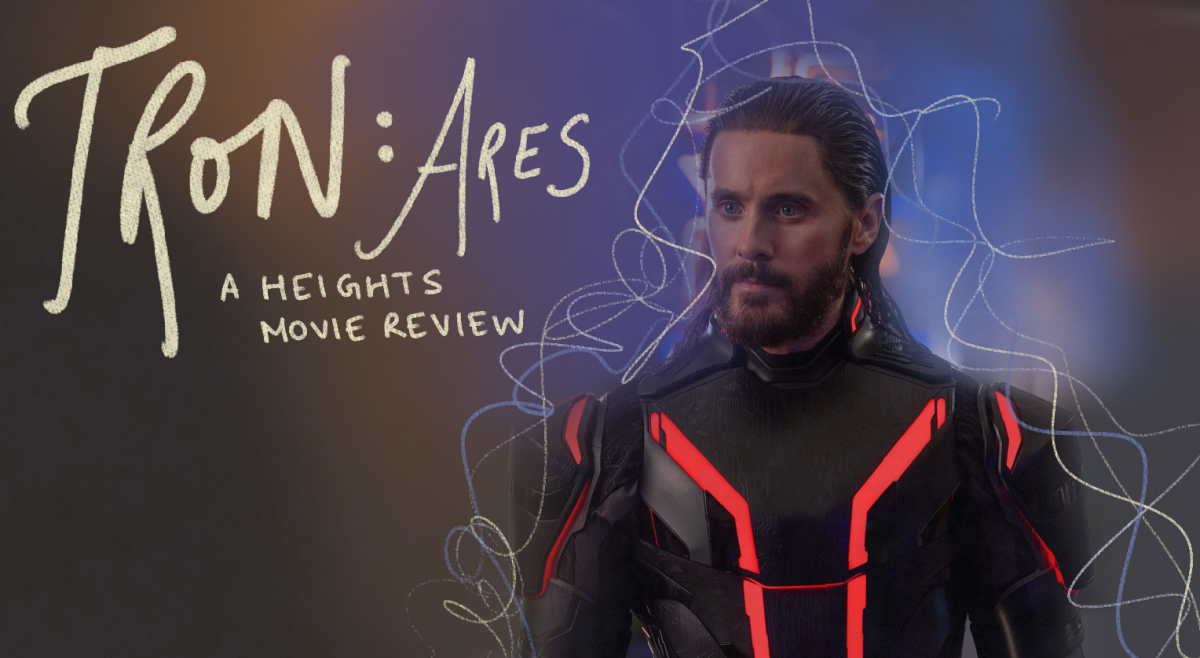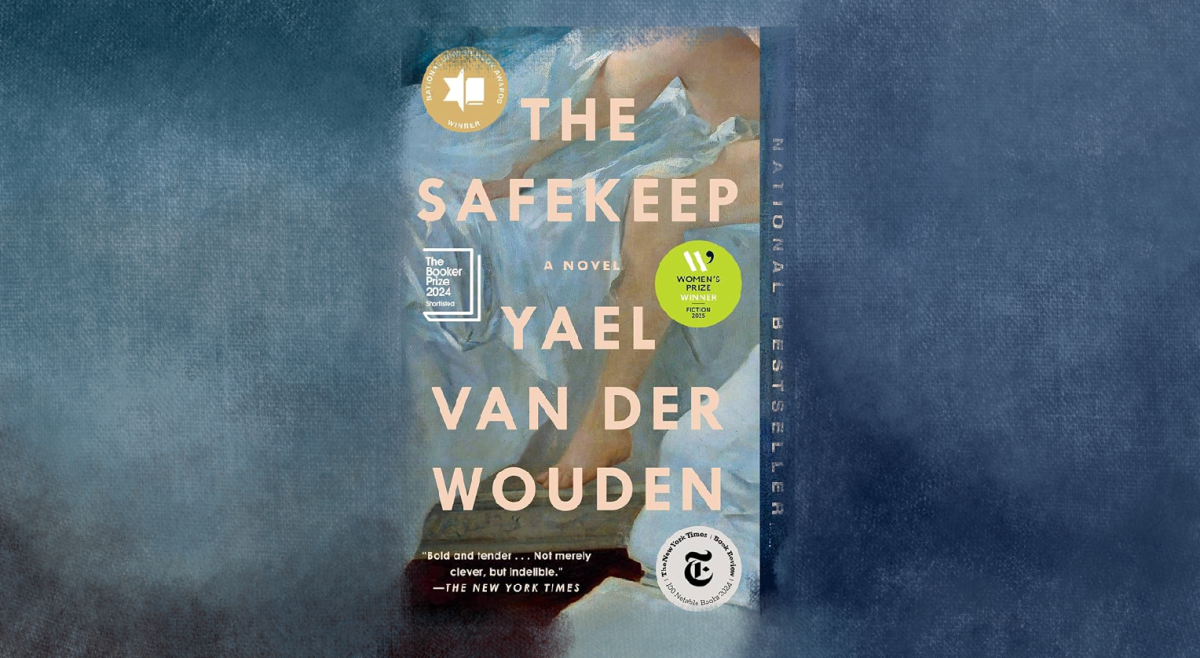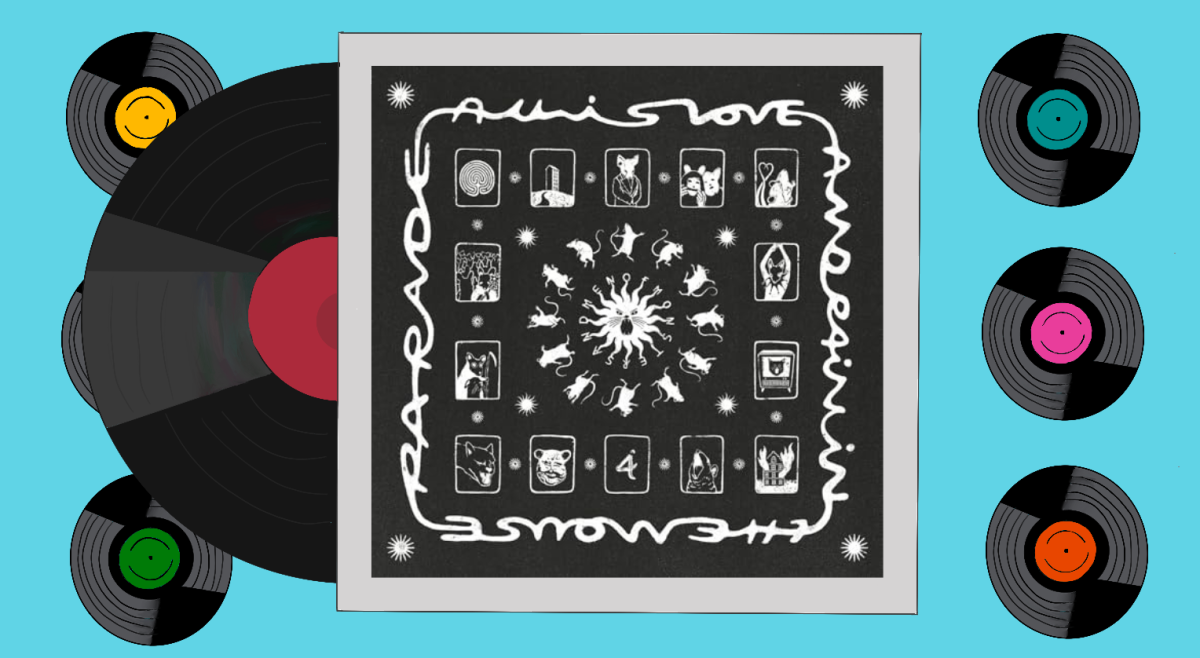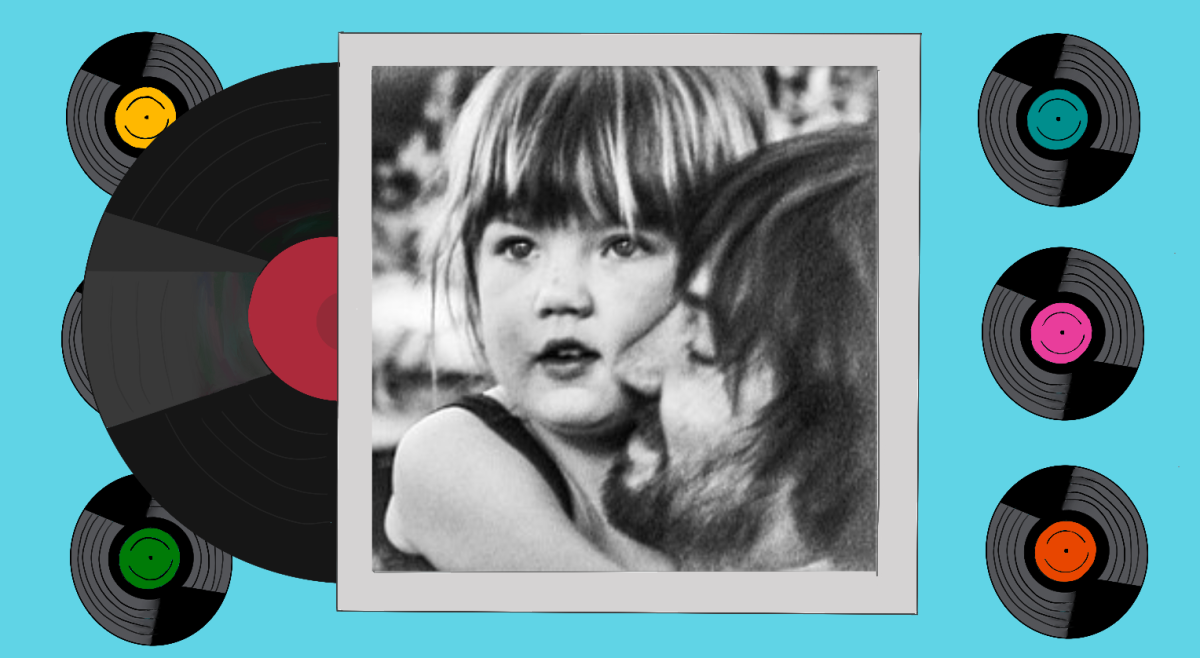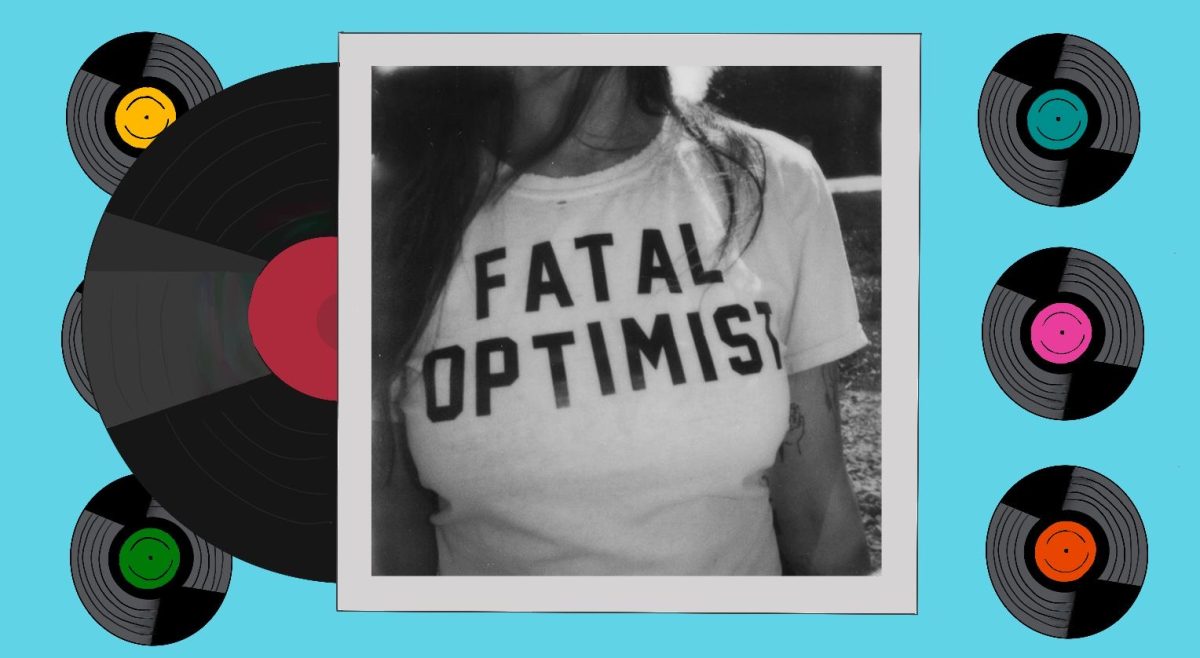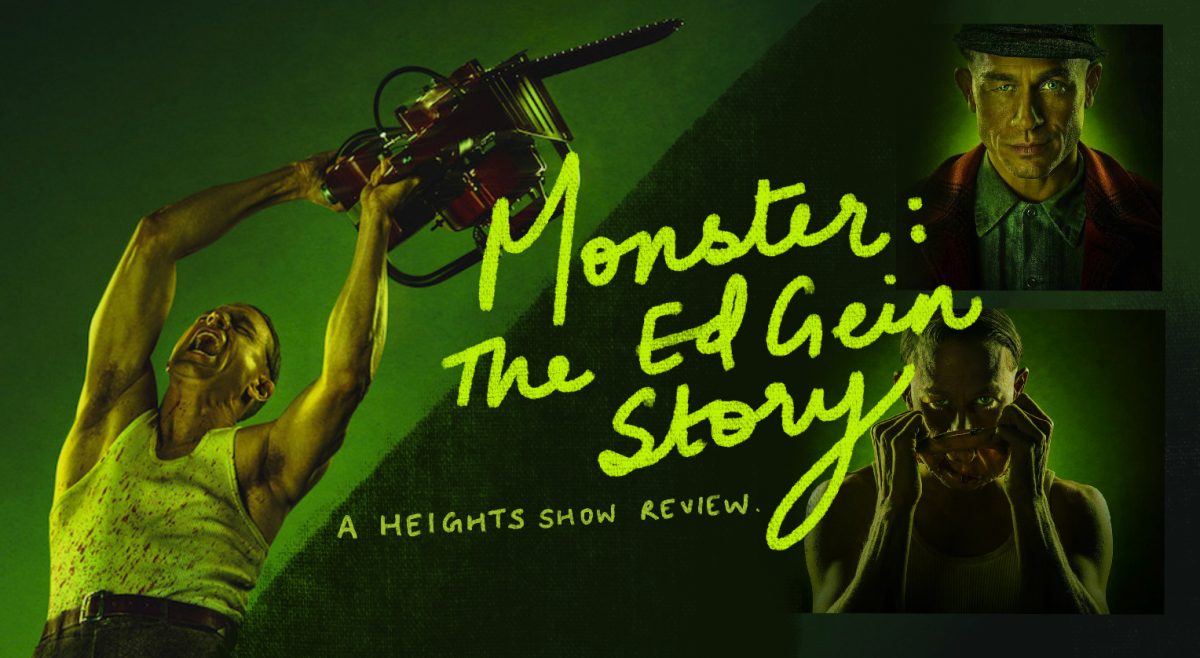★★★★☆
Over a decade after the previous installment, the fifth movie in the Scream franchise arrived for audiences including an eclectic mix of the series’ cult followers, slasher movie fans, and young viewers newly discovering the timeless Scream universe.
Set in the present day, the movie follows a group of teens who are all related to the characters in the first four Scream movies. Their connections to the killings that were at the center of the first four films immediately brew conflict and suspicion when Tara (Jenna Ortega) is attacked by someone impersonating Ghostface, the recurrent killer in the series. In typical Scream fashion, a hunt to find the identity of Ghostface and the motive behind the copycat killings ensues.
Familiar archetypes of horror movies appear throughout the film, including the grudging elder role that falls on Dewey Riley (David Arquette) from the 1997 Scream 2 release. Since Dewey survived several iterations of the franchise, Tara’s estranged sister Sam (Melissa Barrera) and her boyfriend Richie (Jack Quaid) track Dewey down in order to gather his insight on serial killer patterns and motives.
In its two-hour runtime, Scream replicates the plot formulas of its previous films, which is a common strategy in the horror genre. The movie, and the franchise as a whole, however, makes up for its storytelling shortcomings with its complete indulgence in cliché themes and plot twists. The series has always branded itself as self-aware of its horror tropes.
Scream’s approach takes the form of jokes about the killer usually being the unassuming boyfriend, and it laments about the stupidity of victims who could easily evade their murders—toeing the line between comedic self-awareness and overdone annoyance.
The fifth Scream is especially camp with its abundance of theatrical portrayals of murder. Characters’ encounters with Ghostface are often comically dramatic, which draws from old horror films—such as Tobe Hooper’s Poltergeist (1982) and Nobuhiko Obayashi’s House (1977)—as theatrics have faded from the horror genre over the years.
The new film masters absurdly bloody killings, as well as suspenseful buildup to both actual and mock jump-scares. The movie also explores family conflict, inherited responsibility from family, and humans’ shifting dynamics of trust, successfully tackling a range of themes and engaging its audience with different storylines.
The film plays on many current pop-cultural references and includes popular young actors—Ortega, Dylan Minnette, and Mason Gooding—as the movie attempts to relay the three-decade running franchise to a new Gen Z audience. What’s clear in the film’s blatant satirizing of horror movies is that it, and the series itself, are not to be taken too seriously.
Scream’s cliché horror formula shields the franchise from any criticism of its poor acting, shallow character development, and aged tropes. But, it can also be a push to enjoy the movie for its imperfections, comedic absurdity, and camp style. Instead, the audience is left satisfied with a movie that is both funny and bloody until its next installment–quite possibly many years from now.
Featured Image Courtesy of Paramount Pictures Studio



